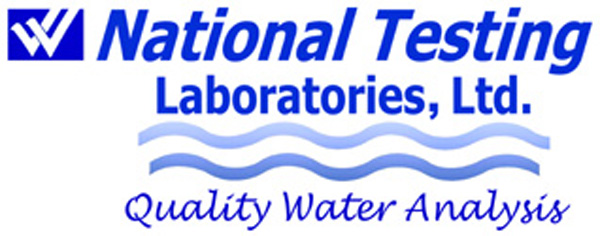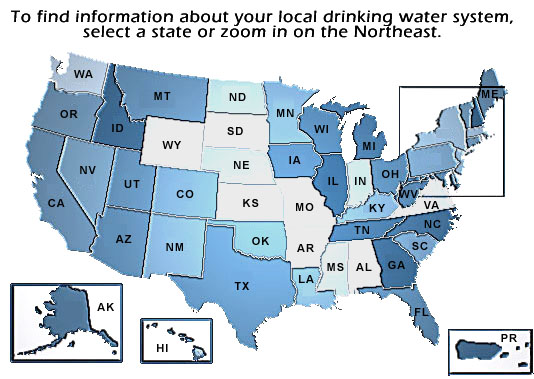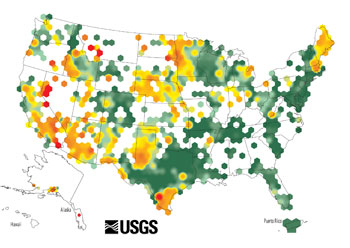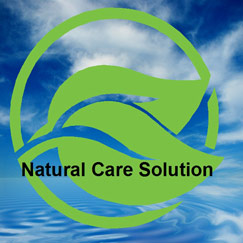
Information, Tests and Solutions to Improve
Your Health and Water Quality |
Bacteria WaterSymptoms of bacterial water exposure include diarrhea, cramps, nausea, headaches and vomiting.
Fecal Coliform and E coli are bacteria whose presence indicates that the water may be contaminated with human or animal wastes. Microbes in these wastes can cause short-term effects, such as diarrhea, cramps, nausea, headaches, or other symptoms. Turbidity has no health effects. However, turbidity can interfere with disinfection and provide a medium for microbial growth. Turbidity may indicate the presence of disease causing organisms. These organisms include bacteria, viruses, and parasites that can cause symptoms such as nausea, cramps, diarrhea, and associated headaches. Cryptosporidium is a parasite that enters lakes and rivers through sewage and animal waste. It causes cryptosporidiosis, a mild gastrointestinal disease. However, the disease can be severe or fatal for people with severely weakened immune systems. EPA and CDC have prepared advice for those with severely compromised immune systems who are concerned about Cryptosporidium. Giardia lamblia is a parasite that enters lakes and rivers through sewage and animal waste. It causes gastrointestinal illness (e.g. diarrhea, vomiting, cramps). Testing for Coliform Bacteria Water: WaterCheck Test kit Recommended Treatment: Chlorination or Ultraviolet Light. Bacteria Water Reference Source: USEPA Safewater FactsReturn from Bacteria Water to Water Quality and Toxicities.
|
You are here: Home Page > Water Quality > Bacteria Water
Natural Care Solution:
Helping People Improve Their Health Naturally Since
1998
|
Quality Water Testing and Analysis for Residential and Commercial Water Sources
My Mission
Provide you with accurate information, economical and
effective tests
and products to evaluate your body and water for toxic metals and remove them if
necessary.
Keith D. Bishop
Clinical Nutritionist
B.Sc. Pharmacy
Health
Coach©

|
*These statements have not been evaluated by the Food and Drug Administration. These products are
not intended to diagnose, treat, cure or prevent any disease.
The information and contents of this website are based upon government, medical,
university and health industry research information.
Consult with your physician or a qualified health care provider before making any changes in your medical or
treatment program.
Please let us know if you have problems viewing anything or ordering on this page:
Thank you for visiting www.ToxicWaterSolution.com! If you find this information helpful or
interesting please send a link to your family and friends.
Copyright © 2007-2016 Natural Care Solution, LLC Keith D. Bishop, Clinical Nutritionist, B.Sc. Pharmacy








